Explore the Best AI Image Gallery
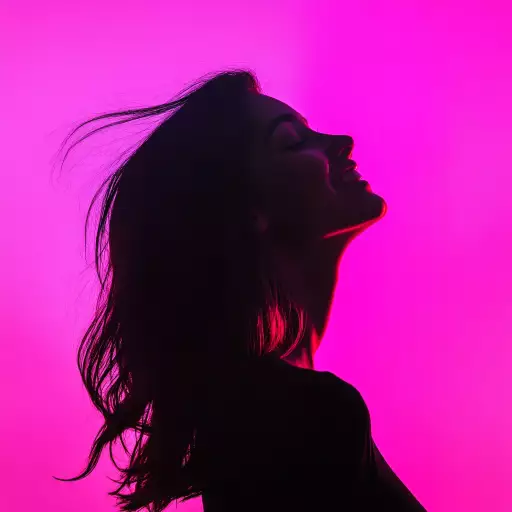
Where Imagination Meets Innovation: AI-Generated Images and the Future of Art
The art world is on the cusp of a profound transformation, driven by the emergence of artificial intelligence (AI) and its ability to generate captivating images. This technology, once confined to science fiction, is now a tangible reality, blurring the lines between human creativity and machine-generated art.
A Canvas Painted by Algorithms
AI image generation tools, fueled by sophisticated algorithms and massive datasets of existing artwork, can produce stunning visuals that rival human creations. Artists can now input text prompts or concepts, and the AI will translate these ideas into unique and imaginative images. This democratization of art creation opens up exciting possibilities for individuals with limited artistic skills to explore their creative visions.
Empowering Creativity: New Avenues for Artistic Expression
AI-generated imagery is not about replacing human artists; rather, it serves as a powerful tool to augment and enhance their creative processes. Artists can leverage AI to overcome technical challenges, generate initial concepts, or explore unconventional artistic styles. The technology can also be used to create interactive artworks that respond to user input, blurring the lines between art and technology.
Expanding Creative Horizons: Applications Beyond Fine Art
The applications of AI-generated images extend far beyond the realm of fine art. Industries such as advertising, fashion, gaming, and film are already exploring the potential of this technology to create realistic product visualizations, design innovative clothing lines, develop immersive game environments, and generate stunning visual effects for movies.
Ethical Considerations: Navigating Uncharted Territory
As with any powerful technology, the rise of AI-generated images raises important ethical considerations. One key concern is the potential for misuse, such as creating deepfakes – realistic but fabricated images that can be used for malicious purposes, such as spreading misinformation or impersonating individuals. Its crucial to establish guidelines and regulations to prevent the exploitation of this technology.
Another ethical dilemma revolves around intellectual property rights. Who owns the copyright to AI-generated images? Is it the creator of the algorithm, the user who provides the prompt, or the AI itself? These are complex questions that require careful consideration and legal frameworks to ensure fairness and accountability.
The Future of Art: A Collaborative Landscape
Looking ahead, the future of art is likely to be characterized by a close collaboration between human artists and AI tools. Artists will continue to play a vital role in conceptualizing, guiding, and refining the creative process, while AI will provide them with powerful new instruments to bring their visions to life.
The integration of AI into the art world presents both exciting opportunities and challenges. By embracing ethical considerations, fostering transparency, and promoting collaboration, we can harness the transformative power of AI to unlock new realms of artistic expression and enrich our cultural landscape.

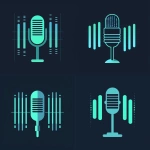
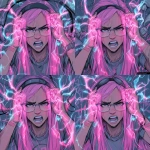
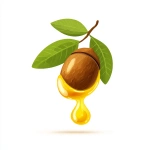
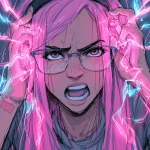
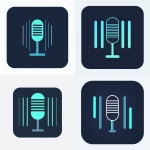
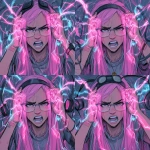
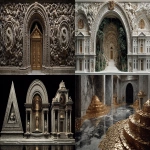
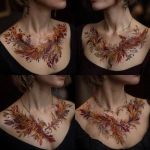

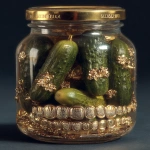
](https://images.ai-img.art/thumbnails/150/985b7bf314caa205e59a2c973e979ce77cf5b24ca39799fffe2e30ea7c79ef07.webp)

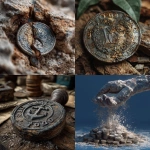
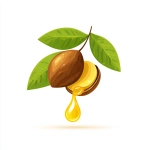

](https://images.ai-img.art/thumbnails/150/4c5bdb0a0a1f761a911521333b9e3463c885aa247b42d1d311a97f2aa2c513d2.webp)


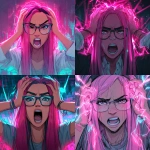
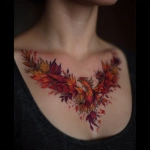
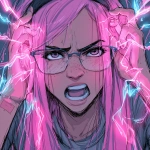


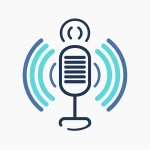

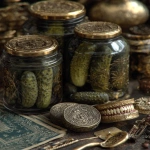
](https://images.ai-img.art/thumbnails/150/4c67c727683a835917441757b71ace563950f9178fa4826e09a55cfb092ac715.webp)
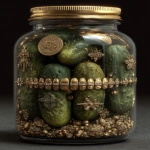
](https://images.ai-img.art/thumbnails/150/fe996254fcb758c1365f3a22783ee6112ed5e34579deb401de674b06938efb2a.webp)

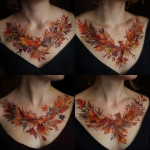
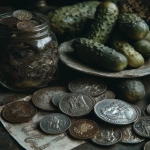
](https://images.ai-img.art/thumbnails/150/469bffae134ea97666025052588e76bb4dd4b6b98c4888cfd7873929a73156ff.webp)
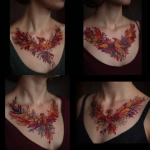

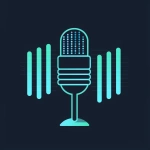

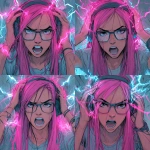
](https://images.ai-img.art/thumbnails/150/b94716d4b88da3e1ec3ab12162616a52ff5698251ac791ddf8478649889a0f47.webp)
